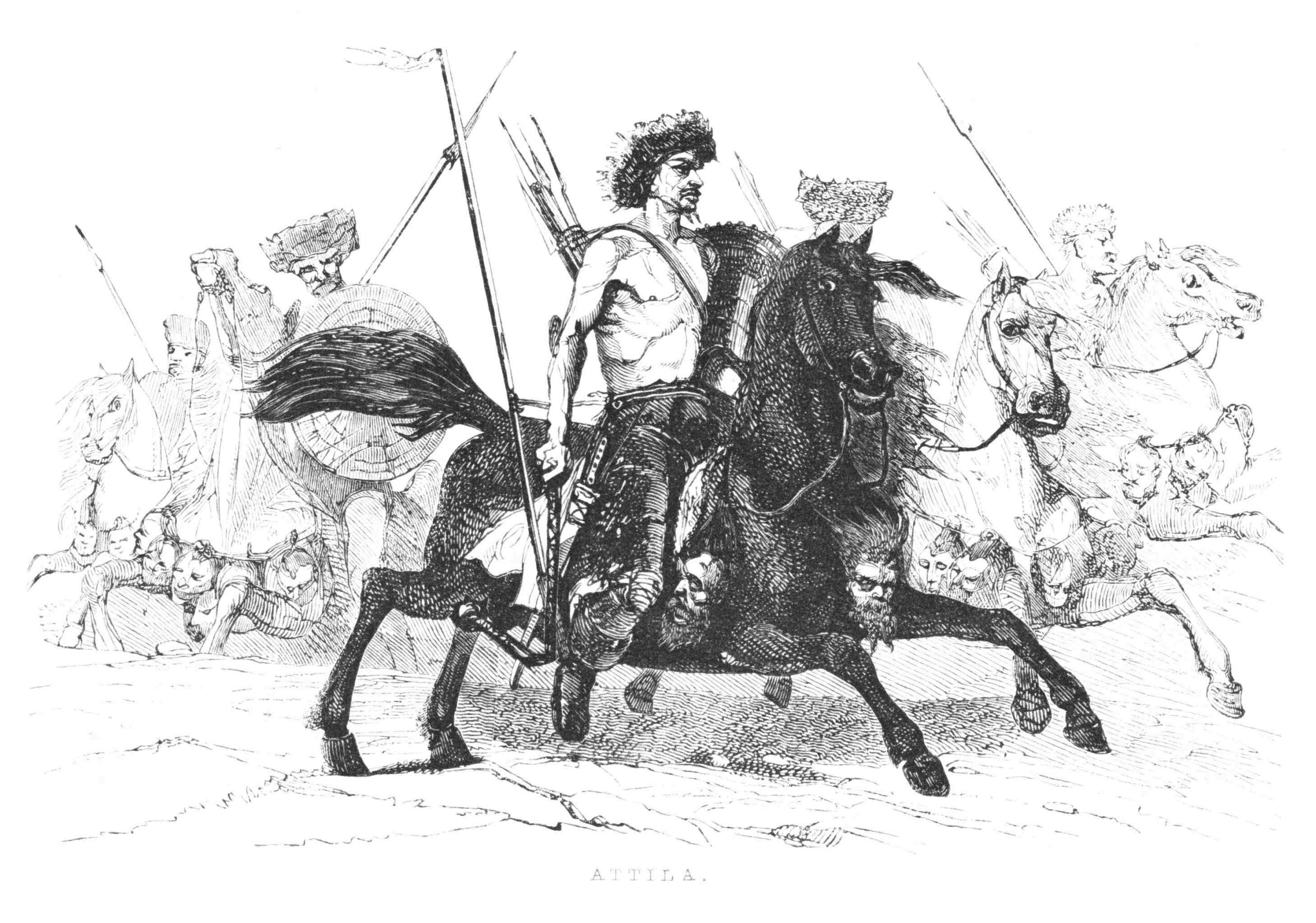Attila the Hun, the formidable leader of the Huns, left a lasting impact on the Roman Empire during the fifth century AD. His reign of terror and military conquests have been well-documented, but the circumstances surrounding his death and the location of his final resting place remain shrouded in mystery. So, will we ever find the tomb of Attila the Hun? Or, archaeologists have already found it?

The Death of Attila the Hun: Natural causes or foul play?

Attila the Hun met his demise on his wedding night at the age of 47. There are conflicting accounts regarding the cause of his death. Some suggest that he succumbed to natural causes, while others propose that his new wife, Ildico, may have played a role in his demise. He suffered severe bleeding during the festivities. However, without concrete evidence, the truth will likely remain a subject of debate.
The elusive tomb of Attila the Hun
Despite the numerous historical records chronicling Attila’s exploits, the exact location of his tomb has eluded historians and archaeologists alike. The tomb of Attila the Hun, who reigned from AD 395 to 453, remains undiscovered, leaving us to speculate about its whereabouts.
The sole written source: Jordanes’ account
The only surviving written source that sheds light on Attila’s burial is the sixth-century work of Jordanes, an ancient writer. According to Jordanes, Attila was laid to rest in a triple coffin. The innermost coffin was made of gold, symbolizing the wealth he had acquired for the Huns. The second coffin was crafted from silver, representing his success in conquest. Finally, the outermost coffin, made of iron, served as a testament to the Huns’ military might.
Jordanes further reveals that the servants involved in constructing the tomb were killed to safeguard its location. Attila’s burial chamber was intended to house his vast riches, including captured enemy weapons, ornaments, and precious gems. The servants’ sacrifice ensured that these treasures would be kept away from prying eyes and human curiosity.
The search for Attila’s tomb: Where to begin?
Scholars and historians have long been intrigued by the quest to locate Attila the Hun’s final resting place. Some believe that the tomb may lie within the Hungarian Puszta, also known as the Great Hungarian Plain. Attila frequently used this region as his headquarters, making it a plausible location for his burial site. Speculations suggest that the tomb might be situated near a river or even within a riverbed. However, the uncertainty remains, and the tomb’s existence and preservation are still questionable.
Clues from History: Roman ruins and the Great Hungarian Plain
Throughout history, theories regarding the tomb’s whereabouts have emerged. In the 13th century, people often associated the tomb with Roman ruins near the Great Hungarian Plain. This association stemmed from the belief that Attila’s burial site would be found amidst remnants of the once-mighty Roman Empire. While this hypothesis has its merits, it is essential to consider other possibilities.
The Great Hungarian Plain: A likely resting place? What scholars say?

Many scholars concur that the Great Hungarian Plain is a probable location for Attila the Hun’s tomb. Zsofia Masek, a post-doctoral researcher of archaeology at the Hungarian Academy of Sciences, supports this view. She suggests that the tomb could potentially lie within the Hungarian or even Serbian and Romanian parts of the Plain, as the Huns operated in these regions as well. The vastness of the Plain and its historical significance make it a compelling starting point for the search.
An unidentified tomb: Could it be Attila’s?
There is also a possibility that the tomb has already been discovered but not attributed to Attila. Valeria Kulcsar, an associate professor of archaeology at the University of Szeged, mentions a significant find of gold artifacts in Nagyszeksos, Hungary. These artifacts date back to the same era as the Huns and raise questions about their purpose and the individuals they were buried for. Could this be the long-lost tomb of Attila the Hun?
The elusive tomb: Will it ever be found?
Despite the tantalizing clues and theories surrounding Attila’s burial, the elusive tomb remains undiscovered. Michael Maas, a history professor at Rice University, expresses skepticism about the tomb’s eventual discovery. However, Ralph Mathisen, professor of history, classics, and medieval studies at the University of Illinois Urbana-Champaign, holds a more optimistic outlook. He believes that the tomb will eventually surface, possibly revealing signs of ancient looting.
A mystery worth preserving?
While the desire to unravel the mystery of Attila’s burial persists, some scholars argue that leaving it shrouded in uncertainty holds its own allure. Zsofia Masek suggests that the tomb’s elusiveness adds to its mystique, making it preferable to remain an enigma rather than being reduced to a mere archaeological find awaiting analysis.
In conclusion, the exact location of Attila the Hun’s tomb remains unknown to date. The mystery surrounding his burial continues to enthral historians and enthusiasts alike. Whether it is concealed within the Hungarian Puszta or lies somewhere else in the Great Hungarian Plain, the tomb of Attila the Hun remains an enigma waiting to be unraveled. As time goes on, perhaps new discoveries will shed light on this elusive piece of history, but until then, Attila’s final resting place remains hidden, preserving the mystique of this legendary ruler.



